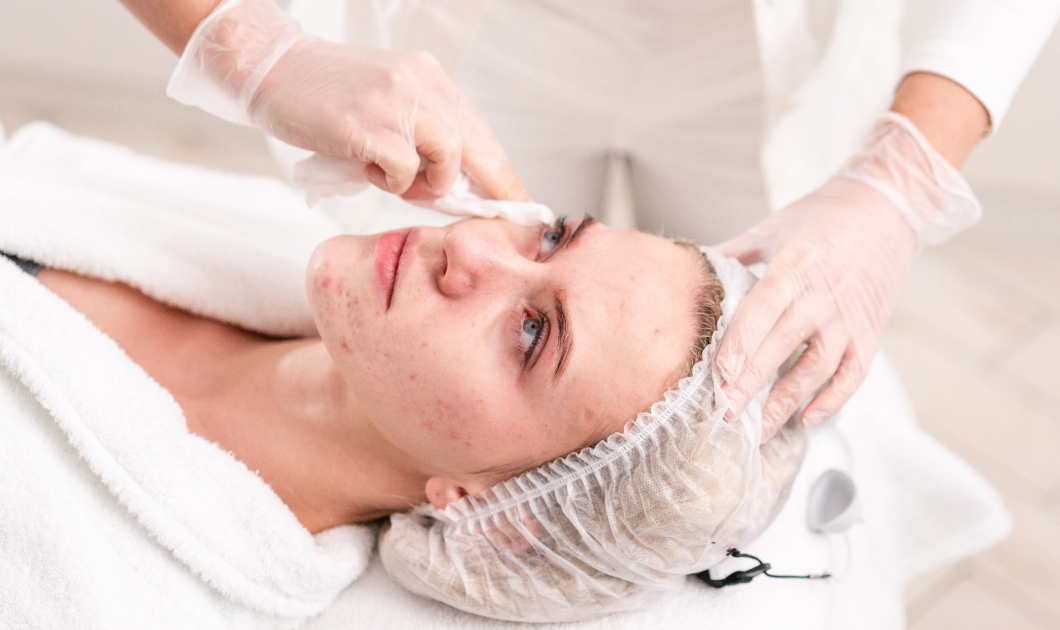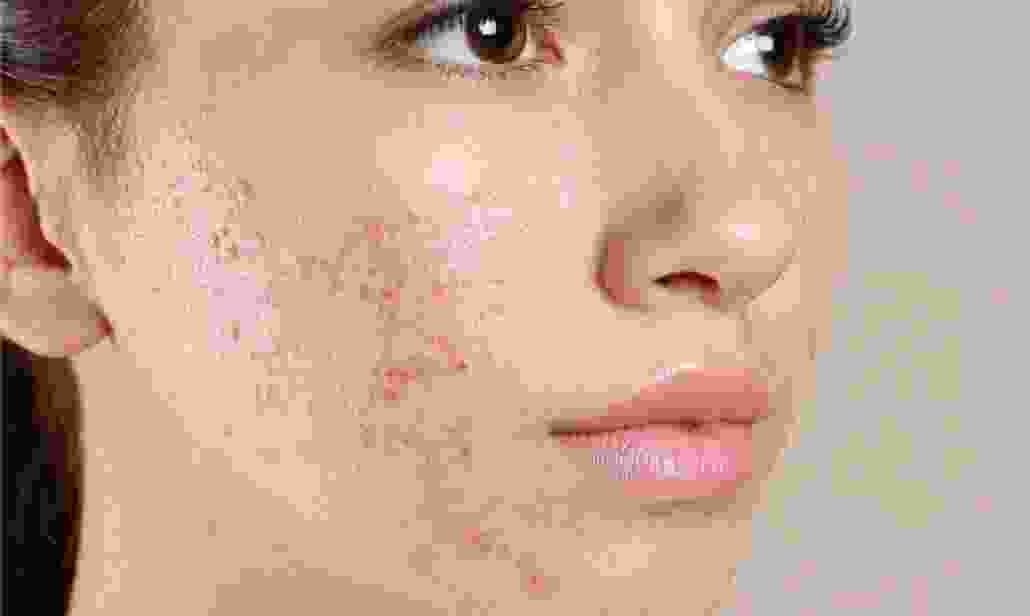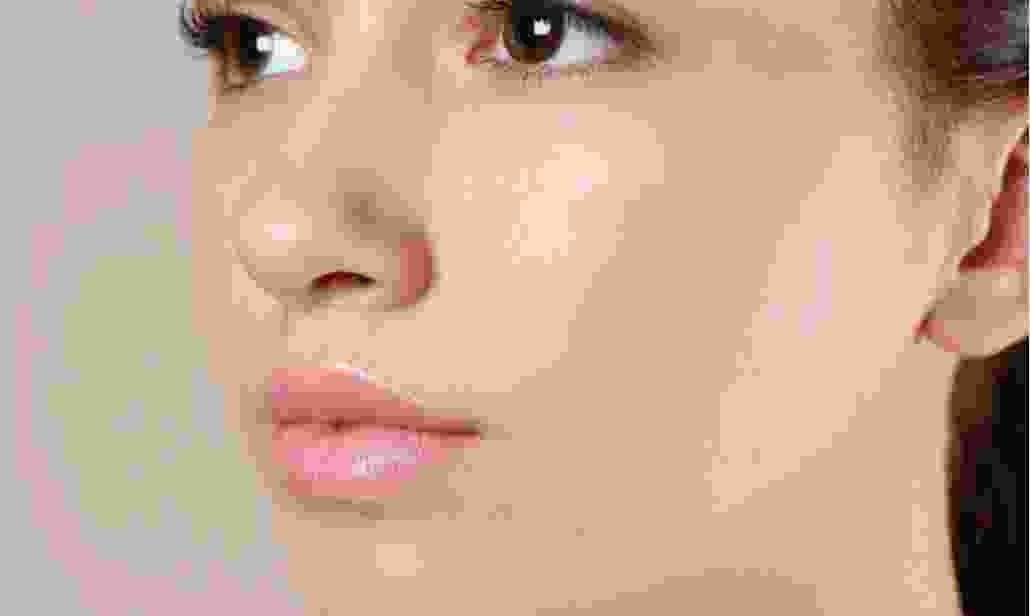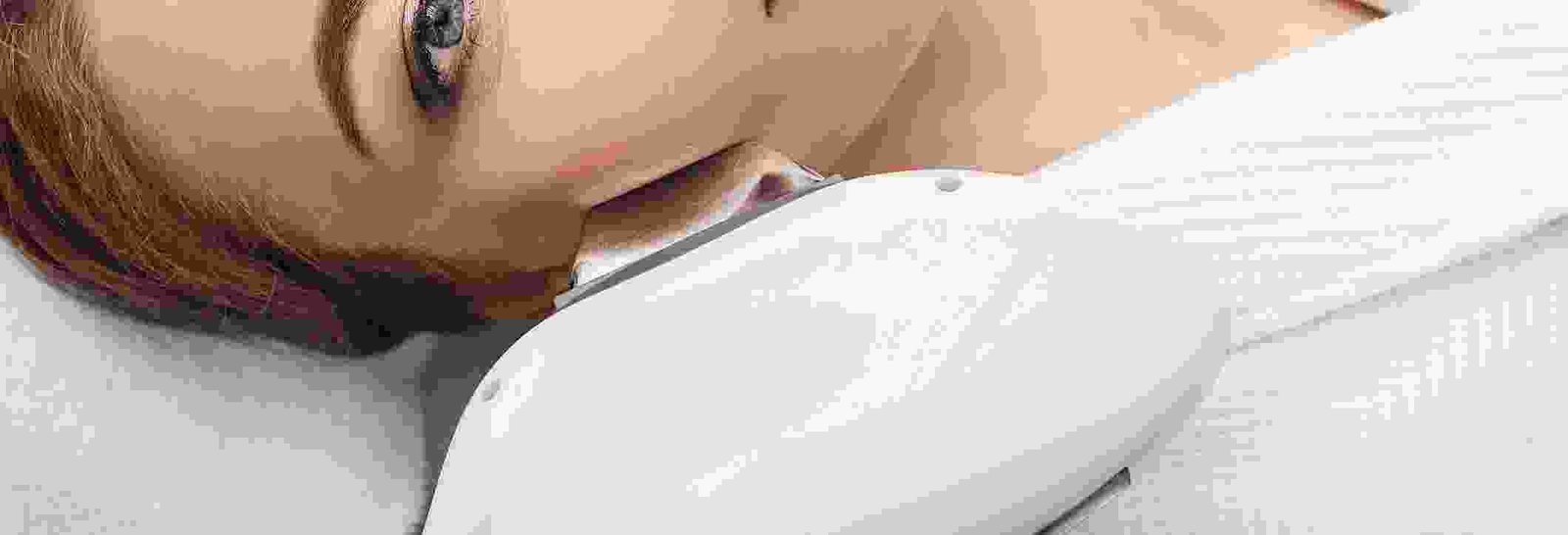- Home
- About
- Services
- Hair Treatment
- Body Treatments
- Spider Vein Treatment
- Face Treatments
- BOTOX
- Carbon Laser Face
- Chemical Peel
- Dermal fillers face
- Eye brow tatoo removal
- Facial rejuventation
- Fractional Laser
- Gloden stamp Facial
- Hydrafacial
- Laser hair removal
- Lip blush
- Mesotherapy hair
- Oxyegeon Facial
- Red carpet Facial
- Photodynamic rejuventation
- RF microneddling
- Thread lift
- Vampire Facial
- Yellow Peel face
- Semi permanent makeup
- Appointment
- Contact
- Home
- About
- Services
- Hair Treatment
- Body Treatments
- Spider Vein Treatment
- Face Treatments
- BOTOX
- Carbon Laser Face
- Chemical Peel
- Dermal fillers face
- Eye brow tatoo removal
- Facial rejuventation
- Fractional Laser
- Gloden stamp Facial
- Hydrafacial
- Laser hair removal
- Lip blush
- Mesotherapy hair
- Oxyegeon Facial
- Red carpet Facial
- Photodynamic rejuventation
- RF microneddling
- Thread lift
- Vampire Facial
- Yellow Peel face
- Semi permanent makeup
- Appointment
- Contact
- ACNE TREATMENT
- Carbon Laser Face
- Back Facial
- Body Fillers
- Ombre brows
- Chemical Peel
- Fat Dissolving Injections
- Fractional Laser
- Hand Rejuvenation
- Lymphatic Drainage
- BOTOX
- Neck Rejuvenation
- Non Surgical Body Contouring
- RF Microneedling
- Skin Brightening
- Spider Vein Treatment
- Tattoo Removal
- Underarm Facial
- Chemical Peel
- Dermal fillers face
- Eye brow tatoo removal
- Facial rejuventation
- Fractional laser
- Gloden stamp Facial
- Hydrafacial
- Laser hair removal
- Lip fillers
- Microdermabasion
- Oxyegeon Facial
- Photodynamic rejuventation
- Red carpet Facial
- RF microneddling
- Thread lift
- Vampire Facial
- Yellow Peel face
- Exosome Hair
- IV Therapy hair
- Mesotherapy hair
- Axillary hyperhidrosis
- PRP hair
- Scalp facial
- Lip blush
- Lips neutralisation
- Microblading
- MELASMA TREATMENT
- ANTI AGING SURGERY
- NAIL TREATMENT
- WART REMOVAL
- SKIN TREATMENT
CONTACT US
- (000) 123-456-789
- 4128 Franklin St, California(CA), 95350
- sirpi@example.com

Spider veins, also known as telangiectasias, are small, dilated blood vessels near the surface of the skin that appear as red, blue, or purple lines. They are often found on the legs, thighs, and face and can resemble a spider web or tree branches. While they are generally not a serious health issue, they can be a cosmetic concern for many people.
Causes:
Genetics: A family history of spider veins can increase your risk.
Hormonal Changes: Hormonal fluctuations, such as those during pregnancy, menopause, or with the use of birth control pills, can contribute to their development.
Sun Exposure: Excessive sun exposure can damage the skin and blood vessels, leading to spider veins.
Age: As skin ages, it loses collagen and elasticity, which can contribute to the development of spider veins.
Lifestyle Factors: Prolonged standing or sitting, obesity, and lack of physical activity can contribute to poor circulation and vein issues.
Pregnancy: The increased blood volume and hormonal changes during pregnancy can cause spider veins.
Trauma: Injuries or trauma to the skin can sometimes lead to spider veins.
Treatment Options:
Sclerotherapy: This is a common treatment where a sclerosing solution is injected into the spider veins. The solution causes the veins to collapse and fade over time. Multiple sessions may be required for optimal results.
Laser Therapy: Lasers are used to target and heat the veins, causing them to shrink and fade. This method is often used for spider veins on the face.
Intense Pulsed Light (IPL) Therapy: Similar to laser therapy, IPL uses broad-spectrum light to target and reduce the appearance of spider veins.
Electrosurgery: This involves using electrical currents to destroy the vein. It is less commonly used but can be effective for some cases.
Compression Stockings: Wearing compression stockings can help improve circulation and reduce the appearance of spider veins, especially if you spend long periods standing.
Prevention and Management:
Exercise Regularly: Physical activity improves circulation and can help prevent the formation of spider veins.
Maintain a Healthy Weight: Managing your weight can reduce the pressure on your veins.
Elevate Your Legs: Elevating your legs can help improve circulation and reduce vein pressure.
Avoid Prolonged Standing or Sitting: Take breaks and move around if your job involves long periods of standing or sitting.
Use Sunscreen: Protecting your skin from excessive sun exposure can help prevent spider veins, especially on the face.
Wear Supportive Clothing: Comfortable clothing that doesn’t restrict blood flow can help prevent vein issues.
Consultation:
If you’re concerned about spider veins, especially if they are causing discomfort or affecting your quality of life, it’s a good idea to consult with a healthcare provider. Our dermatologist can evaluate your condition and recommend the most appropriate treatment options based on the severity and location of the spider veins.
For appointments at Tuyur Al Jamal kindly call +9714 554 1793 or WhatsApp us on +97158 191 9741

Before

After
STET CLITA KASD GUBERGRE


